Entry Category: Government and Politics - Starting with C
 CCC Company 747
CCC Company 747
 CCC Enrollees
CCC Enrollees
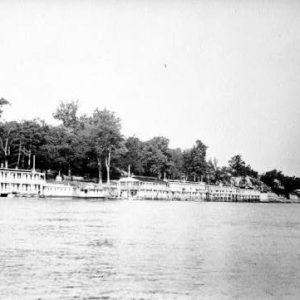 CCC Floating Camp at St. Charles
CCC Floating Camp at St. Charles
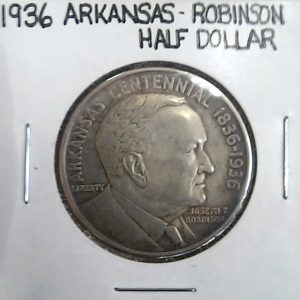 Centennial Robinson Half Dollar
Centennial Robinson Half Dollar
 Centennial Half Dollar, First Design
Centennial Half Dollar, First Design
 Centennial Half Dollar, Front
Centennial Half Dollar, Front
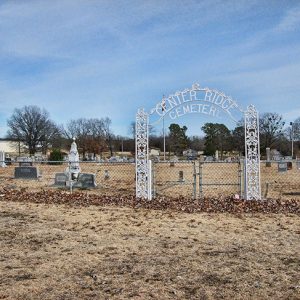 Center Ridge Cemetery
Center Ridge Cemetery
Chaffin, Charlie Francis Cole
Chambers, Erle Rutherford
 Erle Rutherford Chambers
Erle Rutherford Chambers
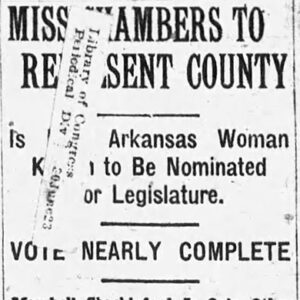 Erle Rutherford Chambers
Erle Rutherford Chambers
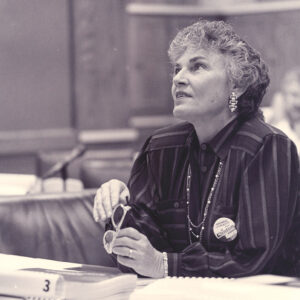 Charlie Chaffin
Charlie Chaffin
Cherokee Boundary Line
aka: Old Cherokee Boundary Line
 Cherry Ribbon
Cherry Ribbon
 Cherry at Capitol
Cherry at Capitol
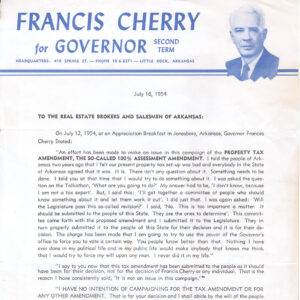 Cherry Campaign Letter
Cherry Campaign Letter
Cherry, Francis Adams
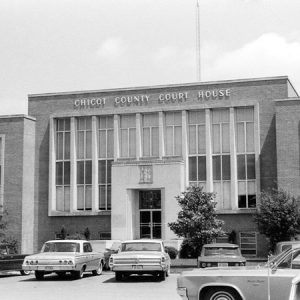 Chicot County Courthouse
Chicot County Courthouse
Chicot County Race War of 1871
aka: Chicot County Massacre
Choctaw Boundary Line
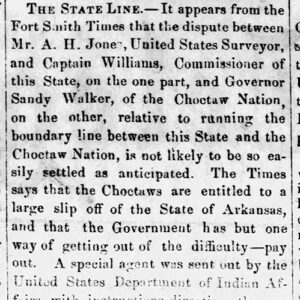 Choctaw Boundary Line
Choctaw Boundary Line
Choctaw Scrip
Churchill, Thomas James
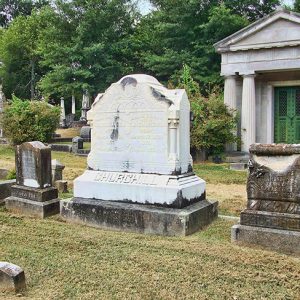 Thomas Churchill Family Plot
Thomas Churchill Family Plot
Civil Rights Movement (Twentieth Century)
Civil Works Administration (CWA)
Civilian Conservation Corps (CCC)
 Clark and Representatives
Clark and Representatives
 Clark County Courthouse
Clark County Courthouse
 Clark Staff
Clark Staff
Clark, John Steven (Steve)
aka: Steve Clark
Clark, Moses Aaron
 Wesley Clark
Wesley Clark
Clark, Wesley Kanne
Clarke, James Paul
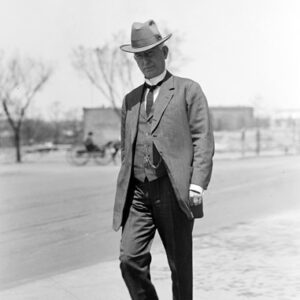 James Clarke
James Clarke
 Clarksville Post Office Art
Clarksville Post Office Art
 Clay County Courthouse
Clay County Courthouse
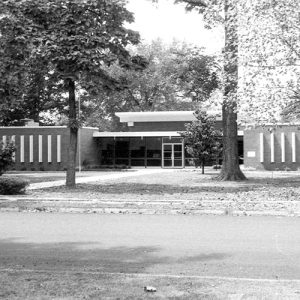 Clay County Courthouse
Clay County Courthouse
Clayton, John Middleton
Clayton, Powell
Clayton, William Henry Harrison
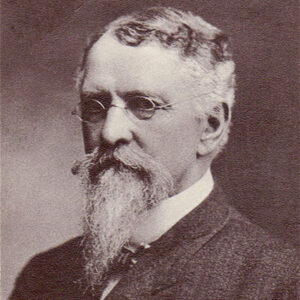 William H. H. Clayton
William H. H. Clayton
 Cleaver for President Campaign Button
Cleaver for President Campaign Button
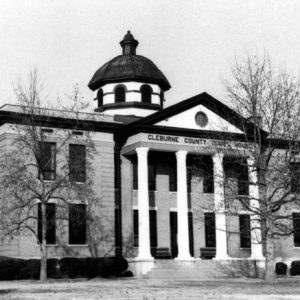 Cleburne County Courthouse
Cleburne County Courthouse
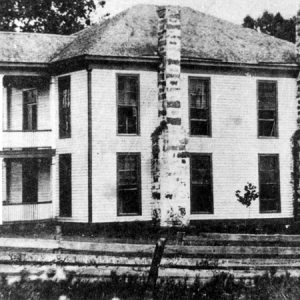 First Cleburne County Courthouse
First Cleburne County Courthouse




